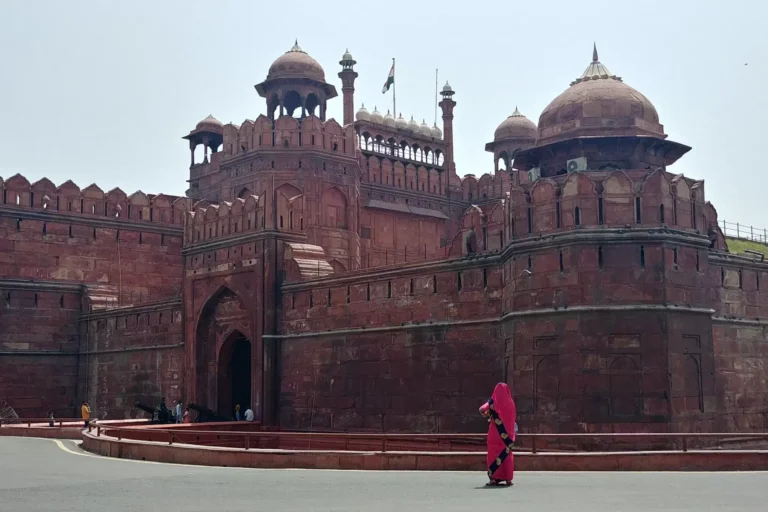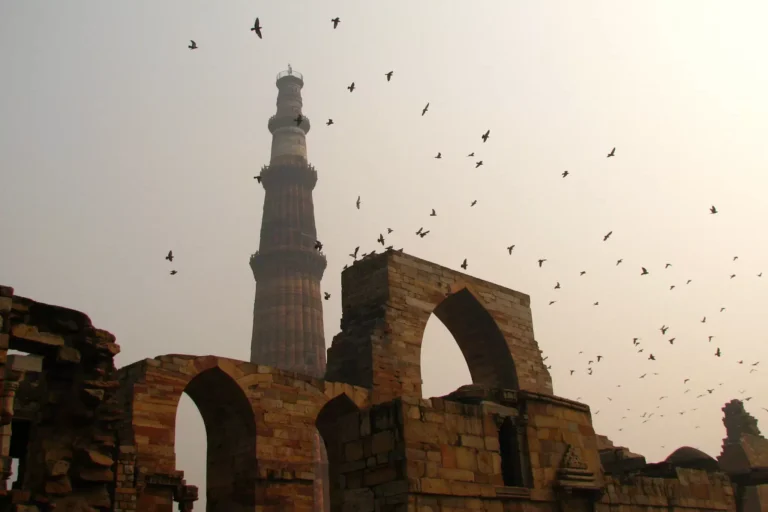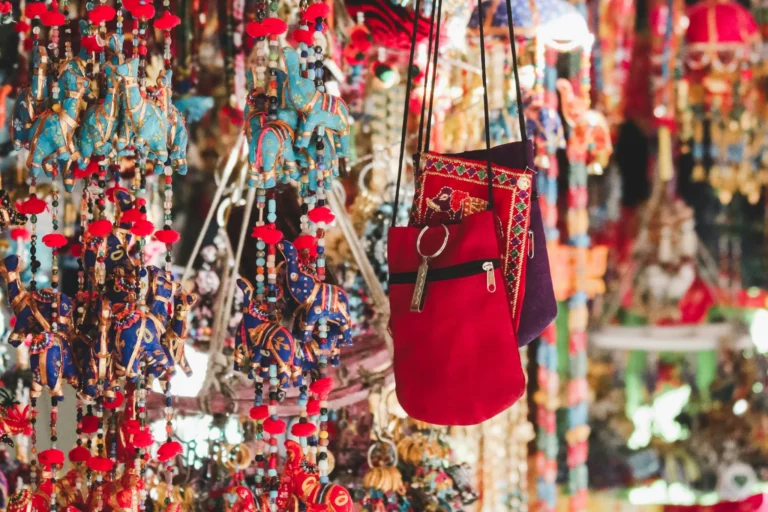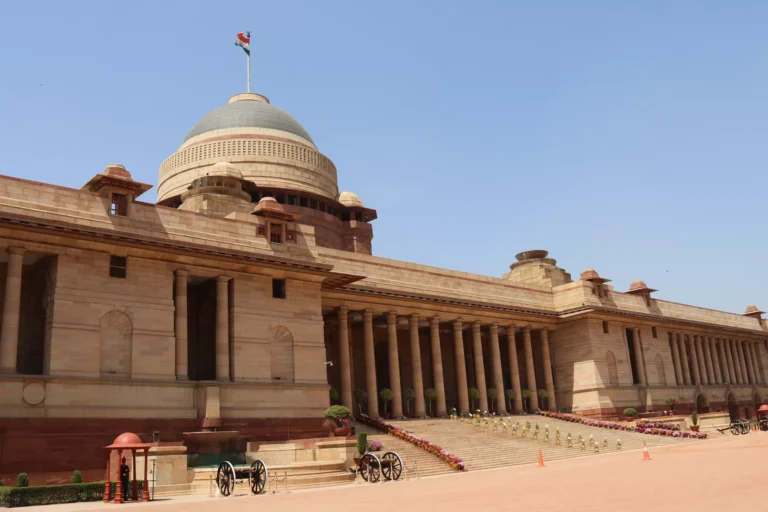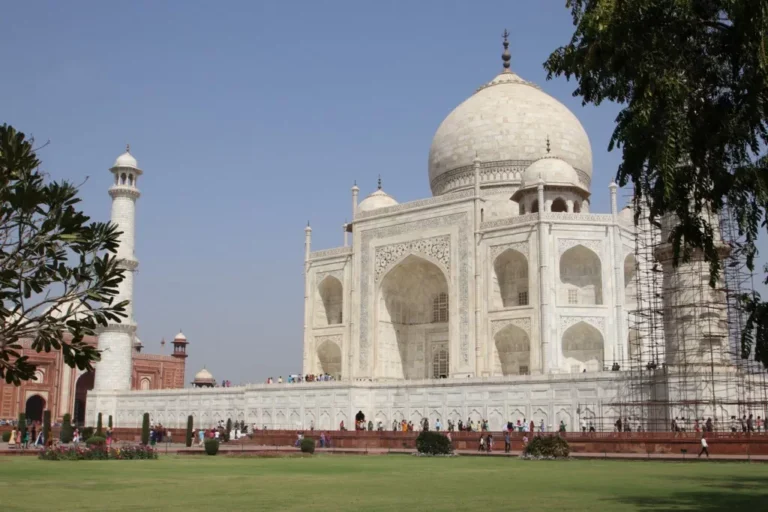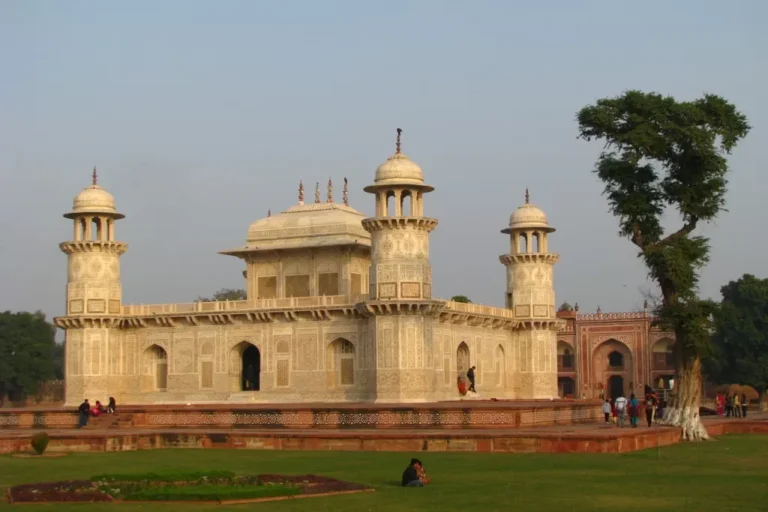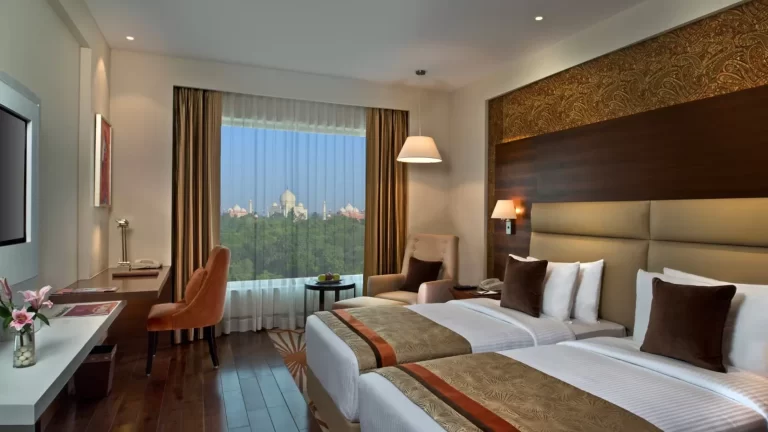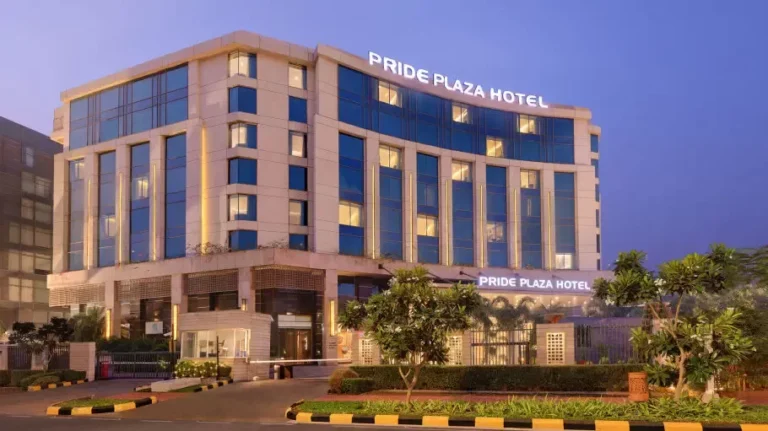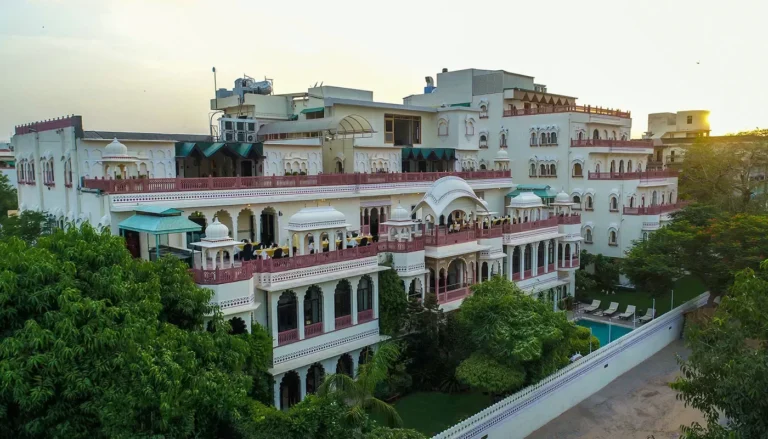Our ‘Golden Triangle’ itinerary is a contemporary and responsible take on an old and ever-popular classic.
Delhi, Agra and Jaipur stand as giants of history that dates back centuries, crucibles of North Indian art, craft, culture and cuisine. Imprints of empires and dynasties remain, not just in stone but encapsulated in daily life.
Our itinerary reveals the many layers of Delhi, Agra and Jaipur rather than a sequence of sights to be ticked-off. Visit magnificent places that remain off the beaten track, explore bustling markets to get vignettes of daily life, meet generational artisans preserving traditional crafts and ways of life that directly connect contemporary India with the medieval.
Stay at painstakingly restored grand residences in Delhi and Jaipur, fit for royalty and discerning travellers alike. Admire the Taj from your hotel room in Agra. Travel Green in Executive class on the Delhi-Agra and Jaipur-Delhi legs using two of India’s fastest trains. Let stories come alive with our expert local guides.
This grand tour takes in no less than eight World Heritage sites. Gourmands will love the chance to taste exquisite and authentic cuisines, and if you love shopping, or even browsing, the old bazaars and trendy boutiques will enthral you.
Not all Golden Triangle tours are created equal. Ours certainly isn’t.

